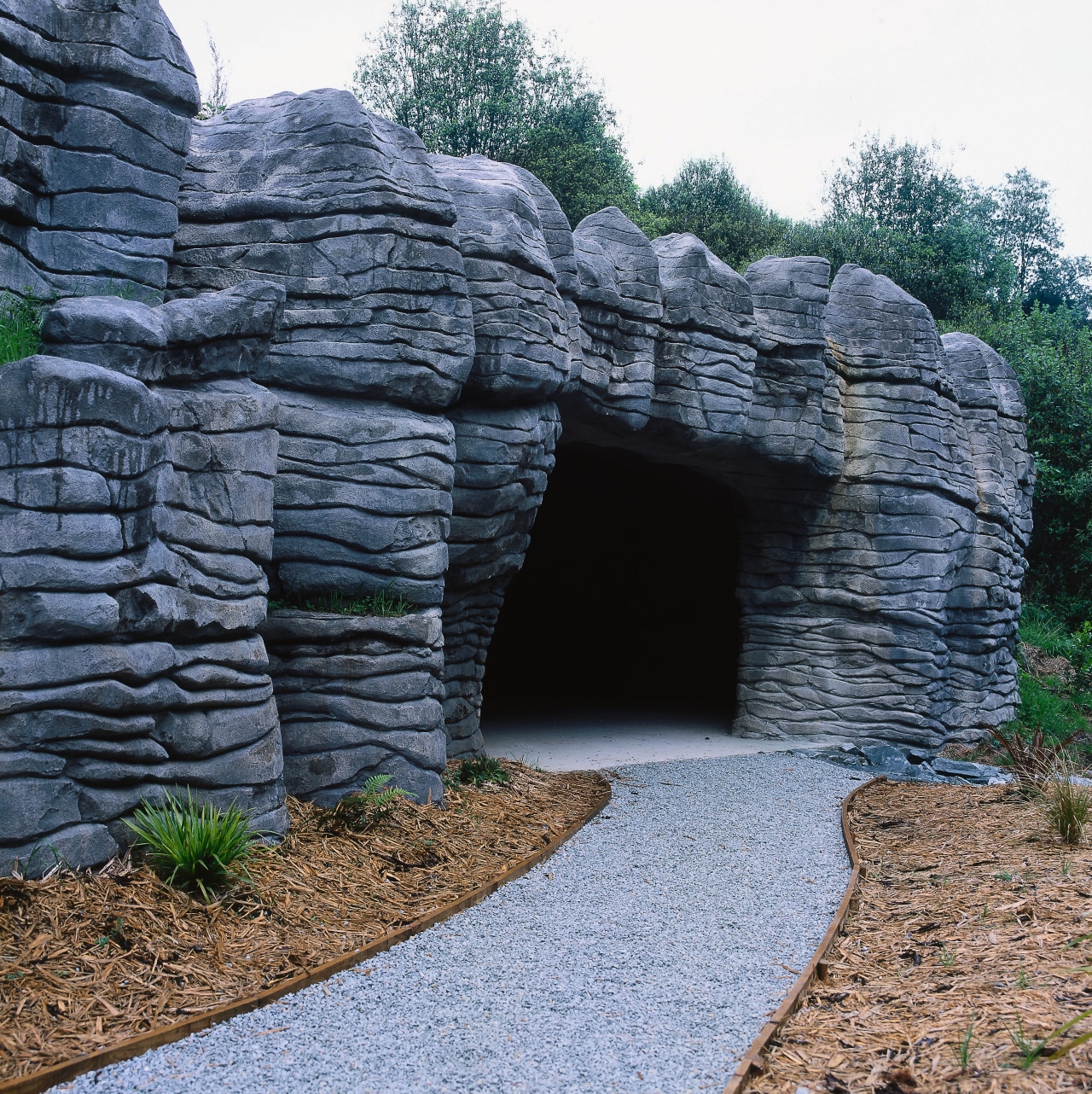What lies beneath
Installing an underground adventure walk provided geotechnical challenges for Hawkins Construction
Every so often a construction project comes along that provides an unusual challenge. Engineering a successful solution often requires not only a special set of skills, but also an adaptable and flexible approach.
Installing a series of walkways and ramps into the Ruakuri Caves was one such project for Hawkins Construction. Working in a pristine natural environment meant accepting limitations, both above and below the surface, says Ross Hargood, the company's central regional manager.
"It was a challenging and interesting project. The Department of Conservation had set up monitoring stations, with stringent conditions relating to air temperature and humidity levels, so we couldn't use petrol tools, or do any blasting."
Conditions above ground were also strictly controlled to prevent damage to the reserve. All vehicles were refuelled off site, and were fitted with special pans to prevent any oil spills.
Special care was also given to team selection, says Hargood.
"During construction, the team grew to be as passionate about the project as the Black Water Rafting Company, who used abseiling skills where necessary to instal the suspended bridges."
The company's first challenge was to excavate a 15m shaft, with a 10m diameter, in which a 140m long spiral walkway was to be installed.
"Normally we would sink piles, but in this instance the risk of striking limestone was too great. Instead, a small digger excavated to a depth of 1.5m. Reinforcing was then placed around the circumference of the hole, with the process repeated in 1.5m sections until we reached the bottom."
On the way down, limestone was hit and removed, watercourses required plugging, and soft material behind the walls was scoured out and filled with concrete. Special care was taken to ensure the waterflow behind the shaft was maintained in the same direction.
Once at the bottom, a 22m connecting walkway was created by pushing 2.5m diameter sections of concrete pipe through to another part of the cave. Further extensions required workers to hand dig through 60m of silt, two to three metres deep. In total, 20m³ was removed per day for 20 days.
As some sections of the walkway required extensive bracing, tunnelling often proceeded one metre at a time, with an air compressed jackhammer used to clear sections of rockfall.
For more information, contact Hawkins Construction, phone (09) 918 8100, fax (09) 918 8142. Website: www.hawkins.co.nz.
Story by: Trendsideas
Home kitchen bathroom commercial design
Classic looks, contemporary efficiency
Diving into nature
Personality plus






